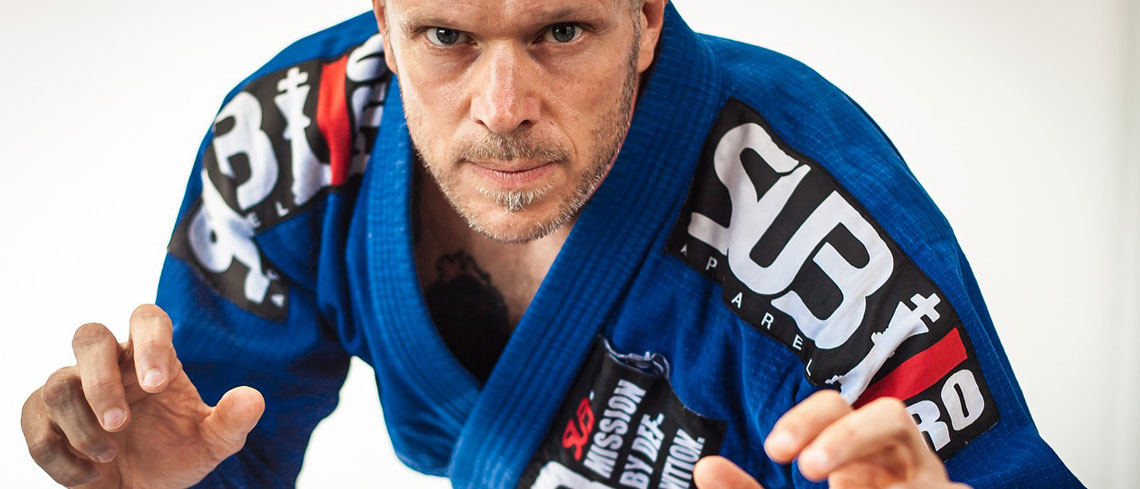The day before the Martin Luther King, Jr. holiday seems an opportune time to recall the suffragettes now that the U.S. has a woman and an African-American as top contenders for the presidency. [FN1]. It is incredible to think that only 80 or so years ago women in the U.S. and U.K. did not enjoy the same voting rights as men. I quite literally cannot imagine that anyone in either country today thinks the same, and yet it was so recent that some of our older population undoubtedly can recall living in that period.
The right to vote was hard-fought, in some cases quite literally with fists and weapons. Here are a couple photos from “Black Friday.” On November 18, 1910, in response to the Prime Minister quashing a women’s voter bill, 300 suffragettes marched on the House of Commons. In a public relations disaster for the government, police were caught on film assaulting unarmed women attempting to march past. Here are some images from that day (click for larger size):


Militant suffragettes eventually upped the physical level of their own campaigns and smashed shop windows, burned and even bombed on occasion. When caught and imprisoned, they went on hunger strikes which led to forced feeding through nasal tubes, yet another government public relations disaster.
Edith Garrud, wife of William Garrud, taught jujutsu to the Woman’s Social and Political Union “bodyguard” and used her school as a hideout when the heat was on from the police. William Garrud was well-known as a health and strength and self-defense instructor and owned his own gymnasium before he became associated with the Tani/Miyake school in London in the early 1900s. After Edith and William were divorced (or perhaps before, during, and after), William also taught jujutsu to his paramours.
The following is one of my favorite illustrations, and followed quickly on the heels of the publication of a series of photographs showing Edith Garrud tossing around a police officer:

I didn’t write much here because others have written better and at length on the subject, so see:
The Evolution of Women’s Judo 1900-1945
Ju-Jutsu as a Husband-Tamer: A Suffragette Play with a Moral
Tony Wolf’s article, “Edith Garrud’s Dojo” in the Bartitsu Compendium.
There is also a brief militant suffragette section with illustrations at the University of Glasgow Special Collections Women’s Suffrage page, which saved me scanning a hardcopy of the illustration above.
FN1. I know there has been discussion of who has been the most disadvantaged, women or African-Americans, but I’m trying to avoid that in this context. For that, Steven Barnes for one has brought up the discussion on his blog here and here. As far as voting, African-Americans technically gained the right in the U.S. in 1870 with the ratification of the 15th Amendment to the U.S. Constitution. Women received the right only in 1920 with the ratification of the 19th Amendment. On the other hand, African-Americans were often disenfranchised based on (mainly southern) state laws requiring poll taxes, literacy tests, vouchers of “good character,” and disqualification for “crimes of moral turpitude.” So the Voting Rights Act of the 1960s may be a better point to begin counting. Even now, gerrymandering is still regularly fought in court and if you were a black voter in Florida during the 2000 election you might be wondering how much things have really changed in the last forty years.
BY JASON COUCH
DISCUSSION
ONE COMMENT FOR “JUJUTSU SUFFRAGETTES”
- Jason, great to see some more interest in Mrs. Garrud’s “jujitsuffragettes”. We’re featuring some new (actually, hundred-+-year-old) articles on Mrs. Garrud’s life and her unique blend of martial arts and feminist politics in the second volume of the Bartitsu Compendium, due out later this year.






